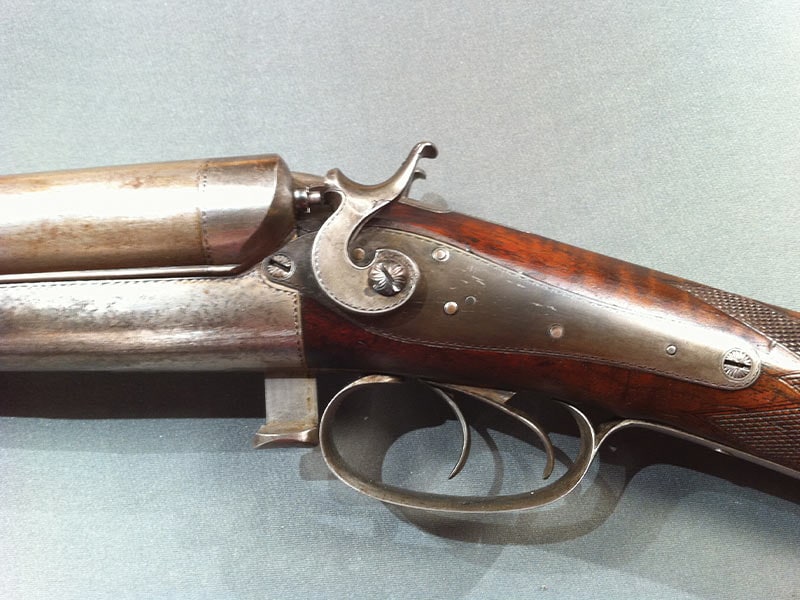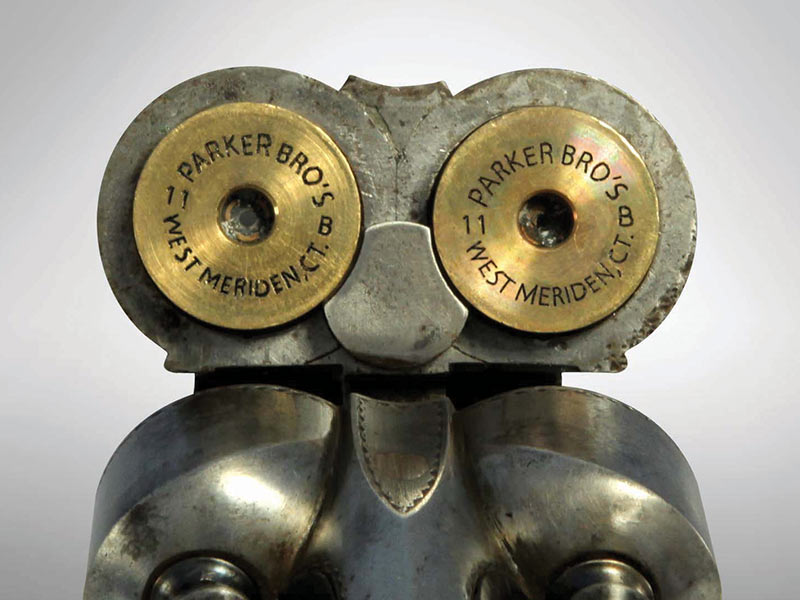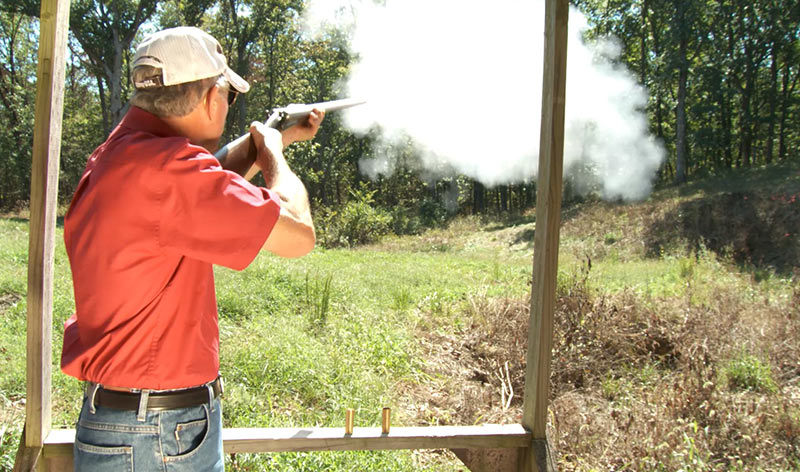The Parker 11 Gauge Shotgun

It was a very early Parker shotgun, with a three-digit serial number and in pretty nice condition - which was what got me interested in the first place. But, the clincher was the back-action locks, which feature a v-type mainspring behind the hammer, rather than in front of it. Only a small portion of the early Parkers were made with back-action locks, so obviously I needed one for the collection.
When the gun arrived, I inspected it thoroughly and gave it a good cleaning. Except for a small coil spring that was missing, but easily replaced, it was completely functional and sound enough to shoot - with black powder loads, of course. However, as we soon discovered, there was another problem; it wasn’t a 12 gauge and it wasn’t a 10 gauge – no, this gun featured the rare 11 gauge chambering – Parker only chambered 124 shotguns in 11 gauge, between 1869 and 1874, and now I had one and of course wouldn’t be satisfied until I could shoot it.

But, there weren’t any 11 gauge brass shotgun shells lying around, and I didn’t expect to find any on the internet; however, one inch brass bar stock is readily available and we did have a lathe, so we just made our own shells. After casting the chambers with Cerosafe to get the dimensions, we bored out the inside, and then turned the outside diameter, which was slightly tapered -- and finally the rim. We parted it off, then turned it end-for-end, and drilled the flash hole and primer pocket. This was all relatively easy work, but it did take time, so we only made up four – just enough to shoot. As a finishing touch, we marked the heads, using a small electro-chemical etching machine.
The loading was entirely by hand, using 10 gauge wads, which was appropriate for the 11B gauge, along with three drams of black powder and 1-1/8 ounce of shot – a standard 12 gauge load. At the range, everything worked according to plan – but only for four shots, after which we had to stop and reload before we could shoot some more.
Finding an 11 gauge back-action Parker in good enough condition to shoot was a real joy for the gun collector in me, making up the ammo and shooting it was a shooter's dream. Now perhaps I need to take it turkey hunting next spring.

